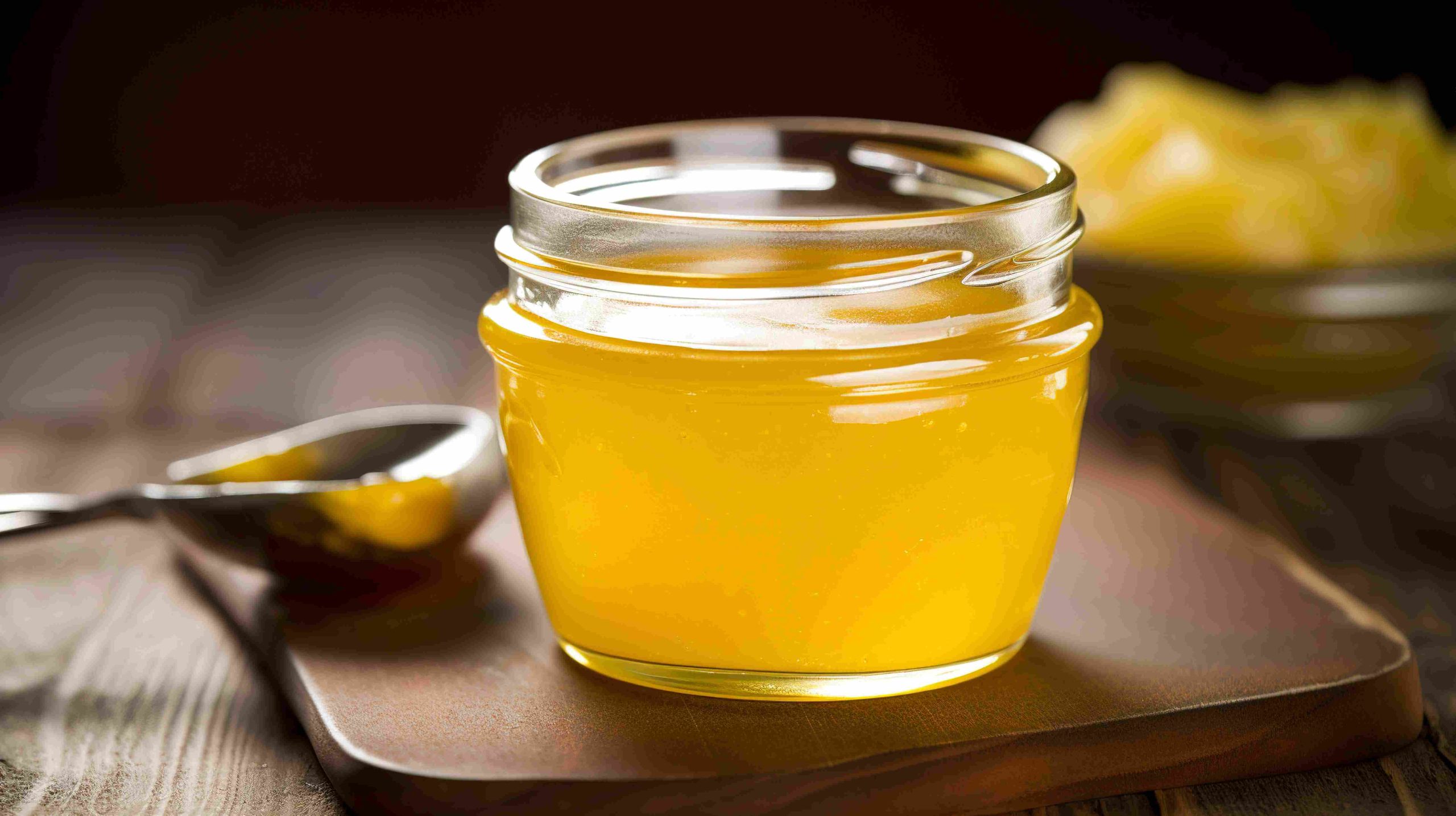In every Indian household, cooking isn’t complete without a choice between oil, ghee, and butter. From the nutty aroma of ghee over dal, to the crispiness of snacks fried in oil, and the comfort of butter melting on parathas, these three fats shape the flavours we love. But beyond taste, the health impact of your choice is significant, influencing heart health, digestion, and even how your food behaves under heat.
Why Cooking Fat Matters
-
Fat is not just for flavour. It contributes to the texture, aroma, and cooking performance of dishes. The right fat can:
-
Enhance taste and add richness
-
Support heart health when chosen wisely
-
Prevent burning and help foods brown evenly
-
Maintain nutrition when used properly
-
Understanding how each fat reacts to heat is crucial for healthy and delicious cooking.
Oils: Heart-Friendly and Versatile
Oils are extracted from seeds, nuts, or fruits, including sunflower, mustard, olive, coconut, and groundnut. They remain liquid at room temperature and come in refined or cold-pressed forms.
Why use oil: Unsaturated fats in plant-based oils improve heart health by lowering LDL (bad cholesterol) and boosting HDL (good cholesterol). Research shows swapping butter for oils like olive or canola significantly reduces heart disease risk.
Caution: Refined oils lose nutrients during processing, and overheating oils with low smoke points can produce harmful compounds.

Best uses:
-
Deep frying: Sunflower, rice bran, or groundnut oil
-
Curries/stir-fries: Mustard oil for Indian dishes, olive oil for Mediterranean recipes
-
Salads/dressings: Cold-pressed sesame or extra virgin olive oil
-
Tip: Rotate oils for a balanced nutrient profile.
Ghee: The Golden Staple
Ghee, clarified butter simmered until milk solids separate, is a staple in Indian kitchens and Ayurveda.
Why use ghee: Rich in fat-soluble vitamins (A, D, E, K) and butyrate, ghee supports gut health. With a high smoke point, it is excellent for high-heat cooking. Studies suggest moderate ghee consumption can reduce cholesterol and triglycerides, challenging the belief that it harms heart health.
Caution: High in saturated fats, ghee should be consumed in moderation.

Best uses:
-
Indian cooking: Tadkas, biryanis, rotis
-
High-heat cooking: Stays stable
-
Finishing dishes: Adds nutty aroma to dal or khichdi
-
Tip: Think of ghee as flavour insurance, lifting dishes without heaviness.
Butter: Indulgence and Comfort
Butter is made by churning cream, giving it a creamy texture and rich flavour. Available salted or unsalted, it is ideal for comfort foods and baked treats.
Why use butter: Provides structure to baked goods and contains vitamins and short-chain fatty acids that support energy metabolism.
Caution: Low smoke point makes it unsuitable for deep frying. Its high saturated fat content means small amounts are sufficient.

Best uses:
Baking: Cakes, cookies, pastries
Spreads: Toasts, parathas
Low-heat cooking: Sauces, sautéed vegetables
Tip: Use unsalted butter in baking to control salt levels.
Fat |
Smoke Point |
Best For |
Health Benefits |
Flavour Profile |
Oil |
190-250°C |
Frying, salads |
Heart-friendly (unsaturated fats) |
Neutral to nutty |
Ghee |
250°C |
Indian cooking, frying |
Supports gut & joints |
Rich, nutty |
Butter |
150°C |
Baking, finishing dishes |
Provides energy & flavour |
Creamy, savoury |
Storing Fats Properly
-
Correct storage preserves flavour and nutrition:
-
Oils: Dark glass bottles, away from heat and sunlight
-
Ghee: Airtight containers at room temperature; refrigerate only in very hot climates
-
Butter: Always refrigerate; soften small amounts before use
Common Mistakes to Avoid
-
Deep-frying with butter – burns easily
-
Overheating olive oil – turns bitter and loses nutrients
-
Reusing fried oil – forms toxic compounds
The Verdict: No Single Winner
There is no universally healthiest fat. The choice depends on cooking style, diet, and health goals.
-
Heart health: Opt for unsaturated oils like olive, mustard, or rice bran
-
Gut health & high-heat cooking: Ghee is ideal
-
Baking & indulgence: Butter reigns


